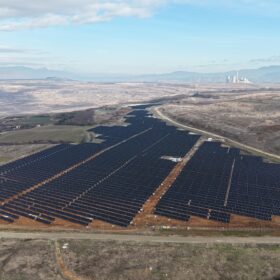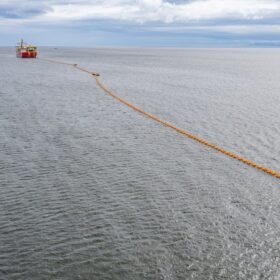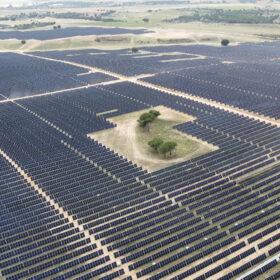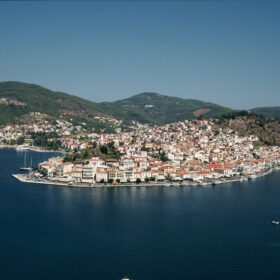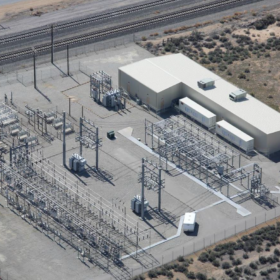RWE to build solar farm in Greece, battery storage in Netherlands
RWE and PPC have announced the final investment decision for the construction of a 450 MWp solar plant in Greece through their joint venture, Meton Energy S.A. RWE has also shared the details of a 35 MW/41 MWh battery storage project – its first utility-scale storage facility in the Netherlands.
Greek utility secures funding for 550 MW PV plant at former coal mine
Greece’s Public Power Corp. (PPC) has secured funding for the construction of a 550 MW solar plant at a former lignite mine. The state-owned utility says that, upon completion, the plant will cover almost 2.5% of domestic electricity generation.
TAQA mulls shareholder status in 900 km Greece-Cyprus interconnector
TAQA, an Abu Dhabi-based energy company, has signed a memorandum of understanding to explore the possibility of becoming a shareholder in the €1.9 billion ($3.08 billion) Greece and Cyprus high-voltage direct current (HVDC) electricity interconnection.
Greece to support local energy communities with €42 million of funding
Greece aims to support the development of new, locally operated renewable energy communities with about €42 million ($45.7 million) of new funds.
PPAs offer protection
Europe is witnessing a surge in power purchase agreements (PPAs). Over the past four years, the number of European PPA transactions has trebled. More than 180 deals were signed in 2022 alone and the trend is expected to continue, especially for solar projects.
Masdar to build 7 MW of solar as part of Greek island’s green transition
The Greek government and Masdar have agreed to develop 7 MW of solar on Poros Island as part of the “GR-Eco Islands” initiative. However, the authorities and Abu Dhabi-based renewables developer have not disclosed the project costs.
EU announces 30 islands to receive renewable energy assistance
The European Commission has announced the 30 islands selected to receive “comprehensive assistance” in their bids to achieve 100% renewable energy supplies by 2030.
Greece accepts 288 MW of applications in second storage tender
Greece’s energy regulator has published a call for the country’s second energy storage tender to take place in February 2024.
Casting the net for solar recruits
Solar-industry companies need to forget ideas about office-based roles and look far afield to source the recruits necessary for the energy transition – and then they need to keep them loyal by offering a rewarding career.
Italy, Greece plan 1 GW subsea interconnection cable
Italy and Greece have announced plans for a 1 GW subsea interconnection cable. The submarine cable, valued at €750 million ($794.9 million), will connect a new converter station in Galatina, Italy, with a station in Thesprotia, Greece.
